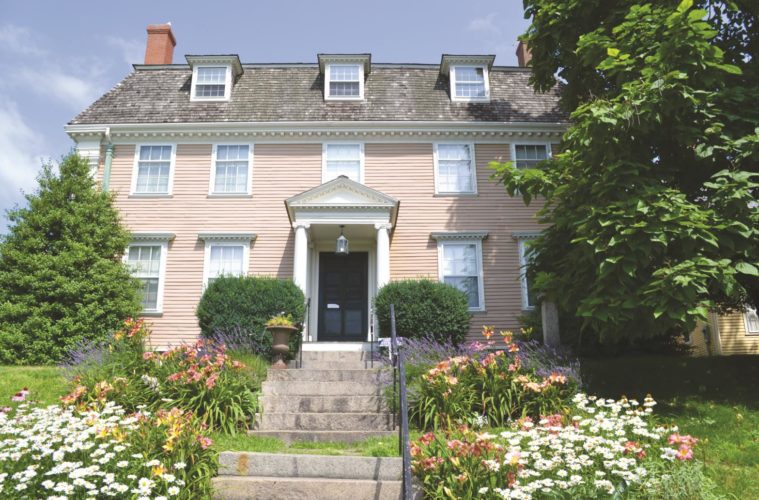In a town as steeped in the past as Gloucester, you could be forgiven for assuming the golden yellow house presiding over the west end of Main Street is just another historical property filled with old furniture, old documents, and old stories about days gone by. Forgiven, but still wrong.
The house, today known as the Sargent House Museum, stands out even in a town of historical landmarks. Among other things, it was the home of one of the country’s pioneering feminists, the place where a forbidden romance stirred to life, and the project of one of the country’s most renowned artists. “It’s so multilayered in terms of the different stories it has inside it,” says Courtney Allen, a tour guide and spokesperson for the museum.
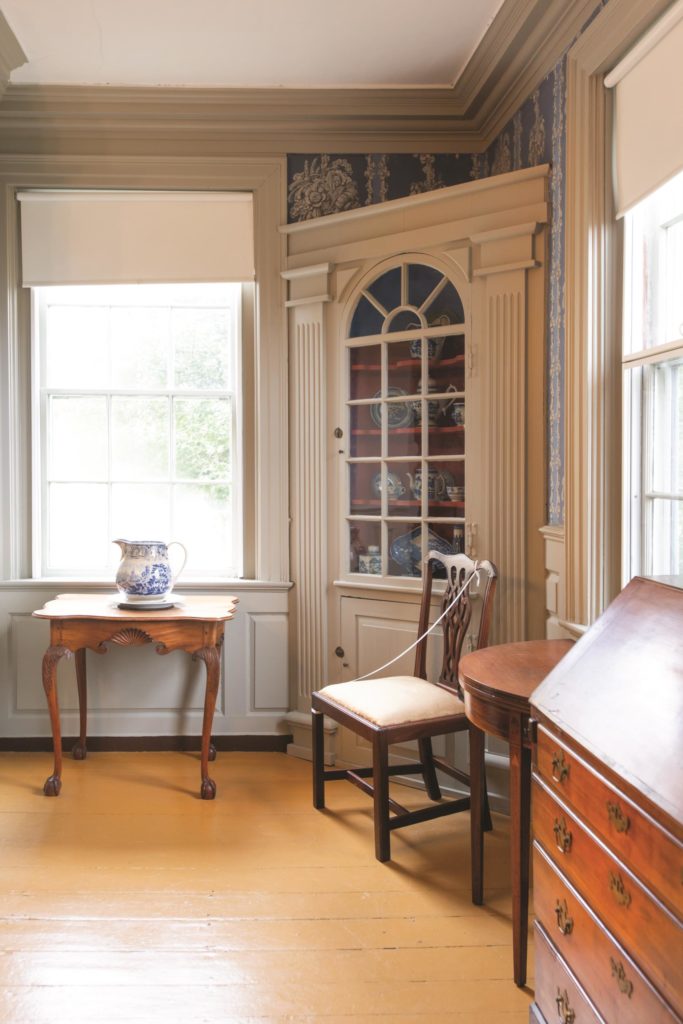
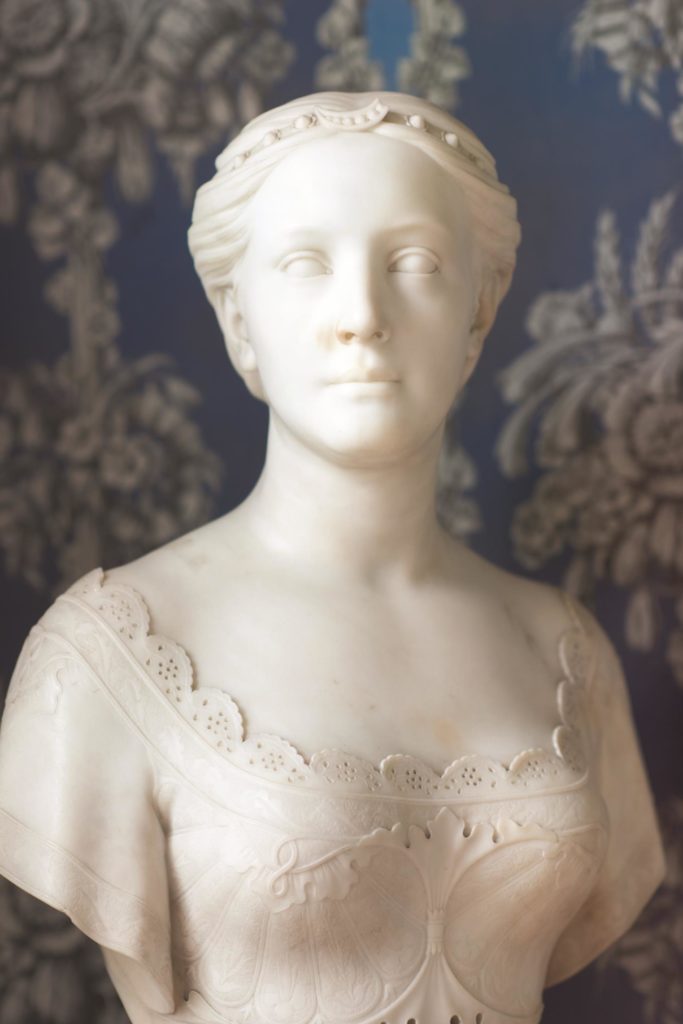
The museum opened 1919, nearly 150 years after the house was first constructed. This year, it will be celebrating its centennial with a series of events including lectures, theatrical performances, and displays of period fashion. The centerpiece event will be an art exhibit, in collaboration with the Cape Ann Museum and the Rockport Art Association, that will recreate a show staged for the museum’s original grand opening.
The house was built in 1782 for Judith Sargent and her husband, John Stevens. Both were from prominent shipbuilding families and wanted a house that would reflect their position in society. Though Judith might have been rather conventional in her ideas of class, she was downright rebellious in matters of gender and religion. When her father refused to give her the same opportunities for study her brother received, she found ways to educate herself. As she grew, Judith developed ideas about men and women that were decidedly out of step with her time. She believed women ought to have the right to get an education, to work and earn wages, and to manage their own money.
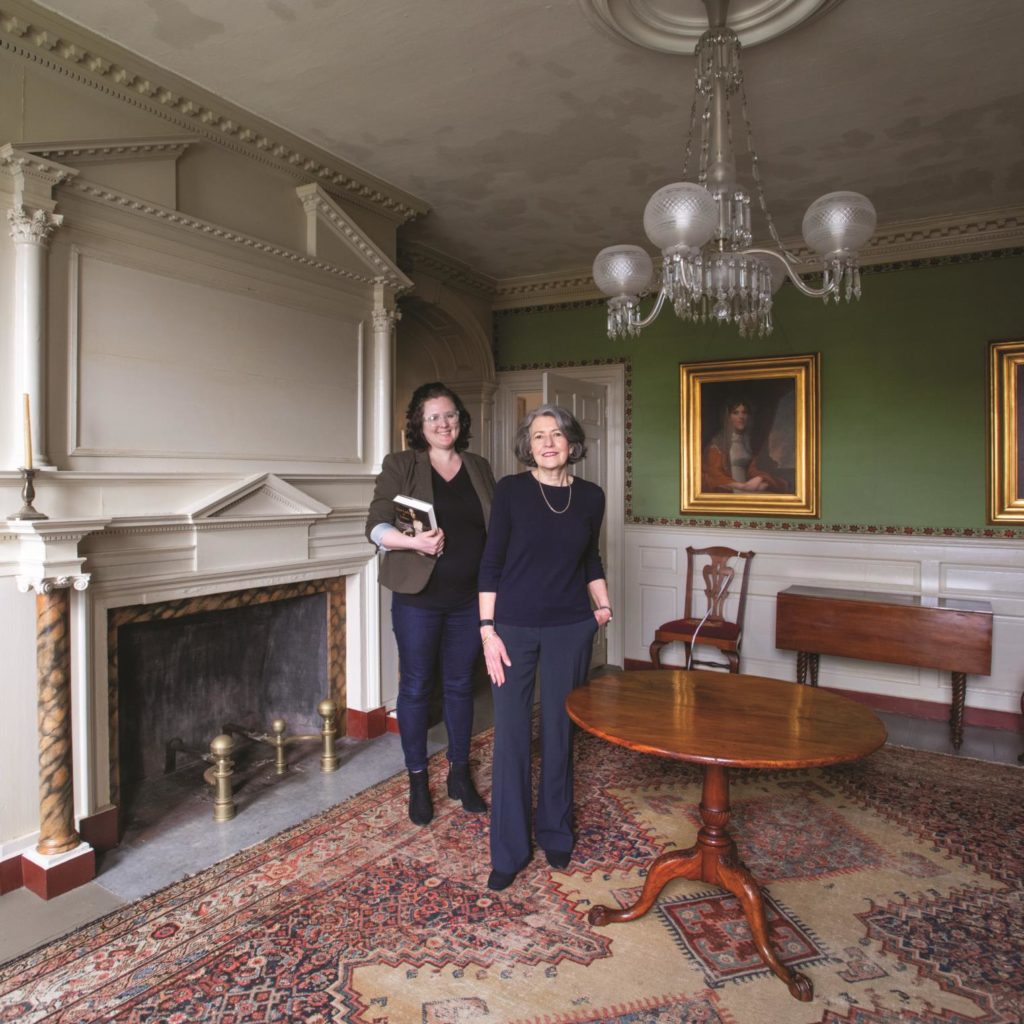
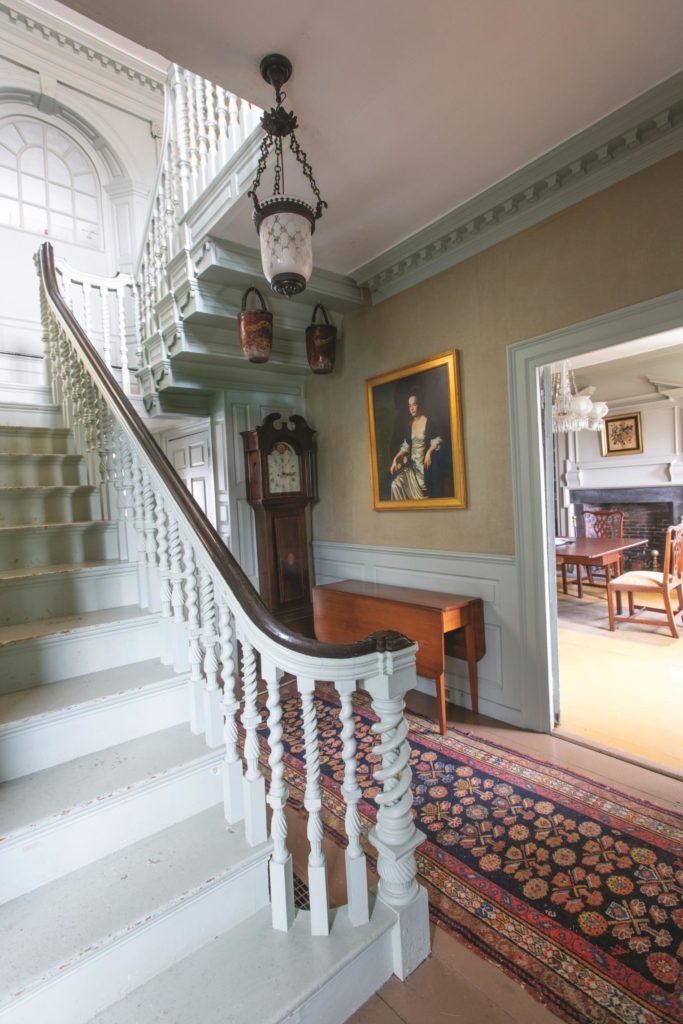
She would eventually write On the Equality of the Sexes, an essay arguing that any perceived difference in abilities between the sexes was created by the limitations put on women’s activities and opportunities. “It’s an imposed intellectual deficit women suffered, and she’s angry about it,” says Joy Hennessey, vice president of the museum’s board of directors.
In 1774, Judith became enthralled with Reverend John Murray, one of the founders of the Universalist religion in America. She yearned to correspond with him, but an exchange of letters between a single man and a married woman would have been scandalous. Judith, therefore, seized on a piece of Universalist doctrine: the belief that all souls are equal and without gender. She wrote to Murray, proposing they correspond not as man and woman, but as simply two souls.
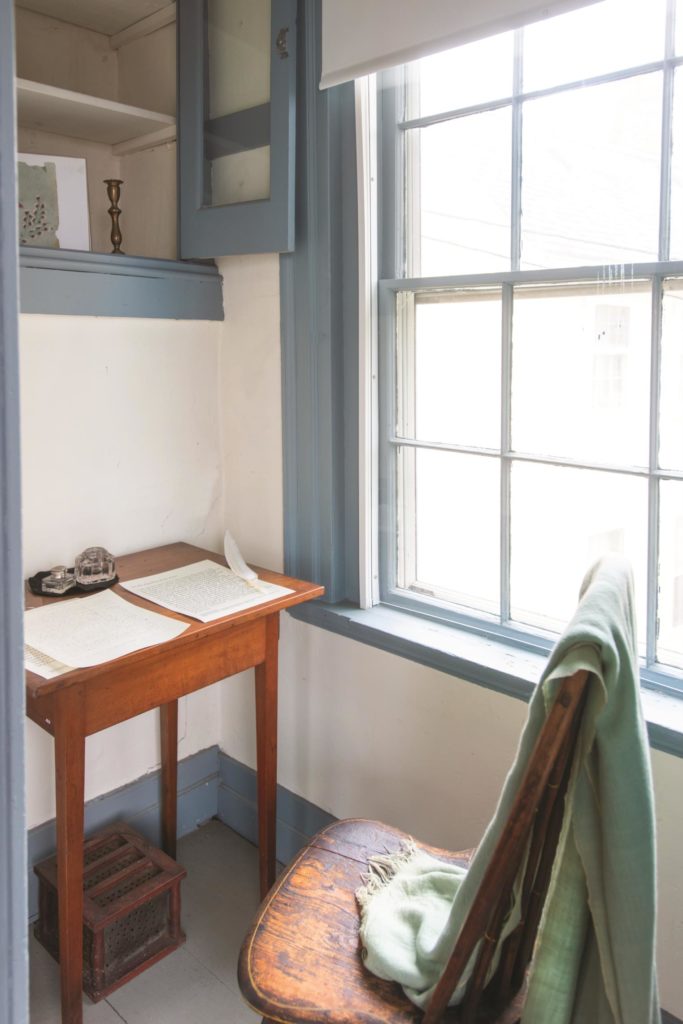
As the two were forging a strong connection through their letters, Stevens faced mounting financial problems. The family spent a winter barricaded inside their home, hiding from debt collectors. In 1786, Stevens fled to the West Indies, but died of a fever shortly after arriving. Not long after, Murray wrote to Judith professing his ardent love; they were married in 1788.
Judith’s thinking and writing flourished during her second marriage. She wrote essays for area newspapers, and composed plays and poems. In 1798, she published a collection of her columns under the title The Gleaner, a pen name she used frequently; among the earliest to buy the book was George Washington.
Though Judith’s influence lingered, over the centuries after her death the house passed into different hands and was used for many different purposes. Then in 1915, New York’s Metropolitan Museum of Art came calling; curators were interested in acquiring the house’s grand front staircase for an exhibit on craftsmanship.
And when a world-class museum started paying attention, so did the community. Local Universalist minister Levi Powers got involved, as did famed artist John Singer Sargent (Judith’s great-great-nephew) and area historian William Sumner Appleton. Together they launched an effort to preserve the house, and in 1919, the Sargent House Museum opened. Now, as the museum celebrates its 100th anniversary, board members hope to spread the word about Judith’s life and legacy. “She was,” Hennessey says, “a complex and complicated woman.”
For more information, visit sargenthouse.org.

